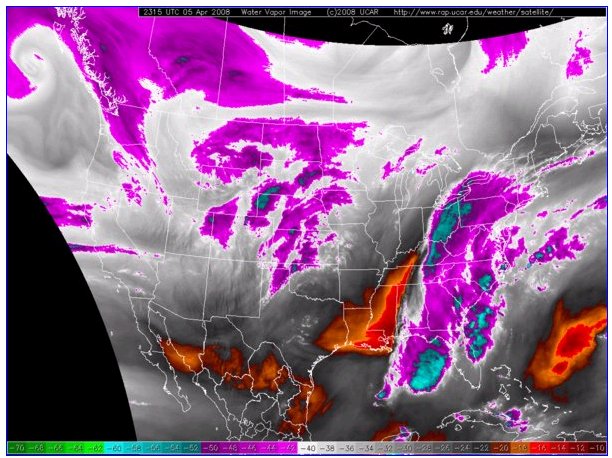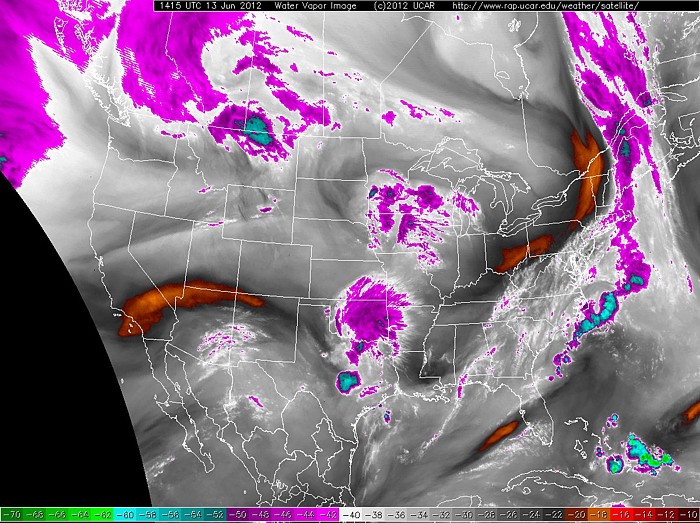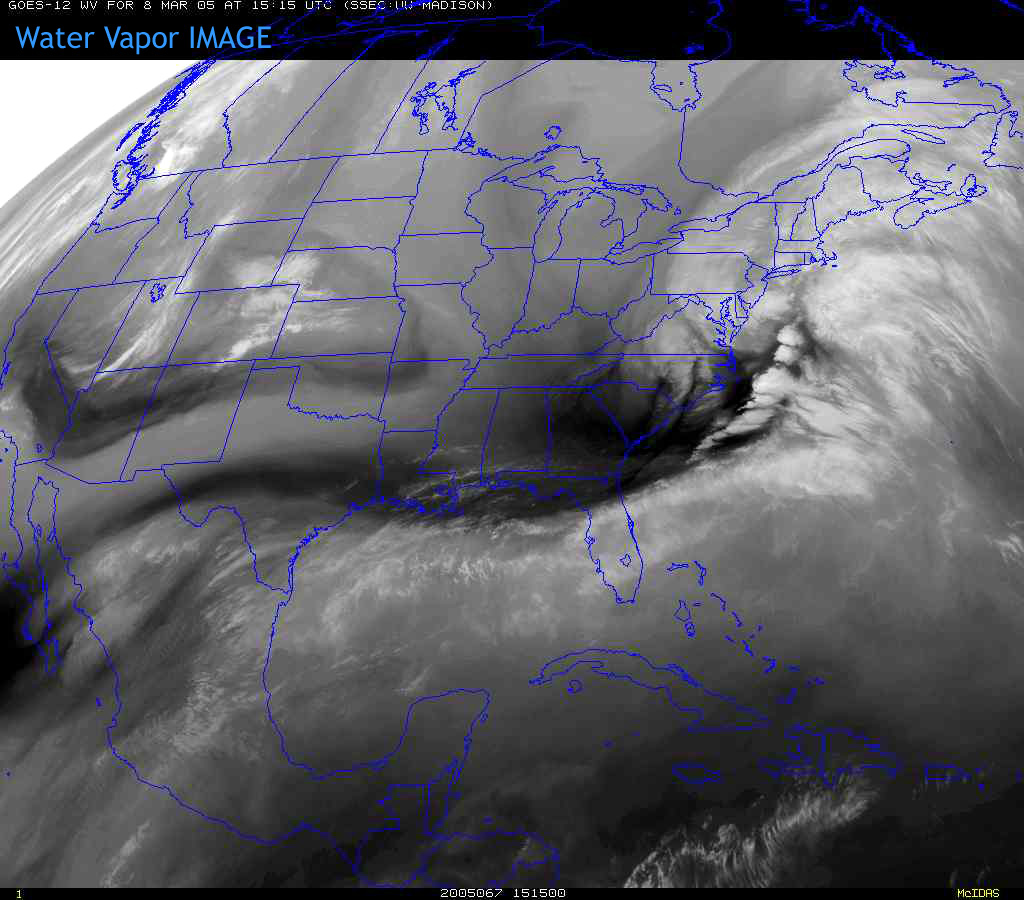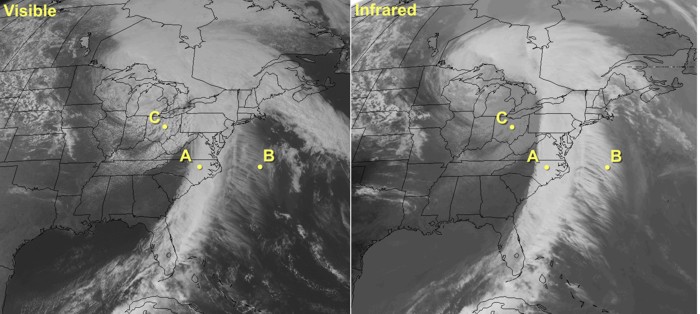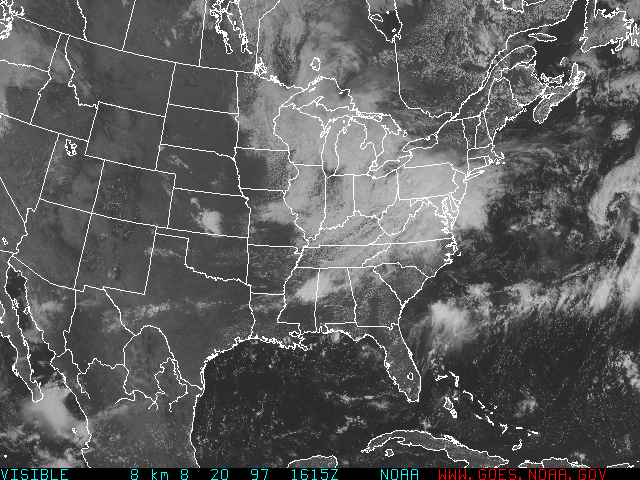This short course helps you combine the water vapour channel with your understanding of fluid dynamics to bring a new point of view to your meteorological.
Water vapor satellite imagery definition.
This web site should not be used to support operational observation forecasting emergency or.
The upper and middle levels of the atmosphere are from about 650 mb to the top of the troposphere.
For water vapor imagery right the effective layer is defined as the highest level of appreciable water vapor whose radiation can be detected by the satellite.
Water vapour imagery brings the shallow water model into plain sight.
Water vapor imagery is used to analyze the presence and movement of water vapor moisture in the upper and middle levels of the atmosphere.
The ineractive map makes it easy to navitgate around the globe.
As with traditional ir imagery all radiation emitted below the effective.
Thus even though water vapor is an invisible gas at visible wavelengths our eyes can t see it and at longer infrared wavelengths the fact that it emits so readily between roughly 6 and 7 microns means the radiometer aboard the satellite can see it.
Water vapor imagery is created using a wavelength sensitive to the moisture content in the atmosphere.
This video describes how water vapor satellite imagery is used by meteorologist examples provided.
A the visible image depicts clouds stretching from the gulf of mexico northeastward into canada.
National weather service weath.
In this imagery bright blue and white areas indicate the presence of high water vapor or moisture content whereas dark orange and brown areas indicate little or no moisture present.
See the latest united states water vapor weather satellite map.
The wavelength spectrum used to detect water vapor is in the 6 7 to 7 3 micrometer wavelength range.
This self paced interactive tutorial enables learners to discover practical uses for water vapor imagery from weather satellites.
